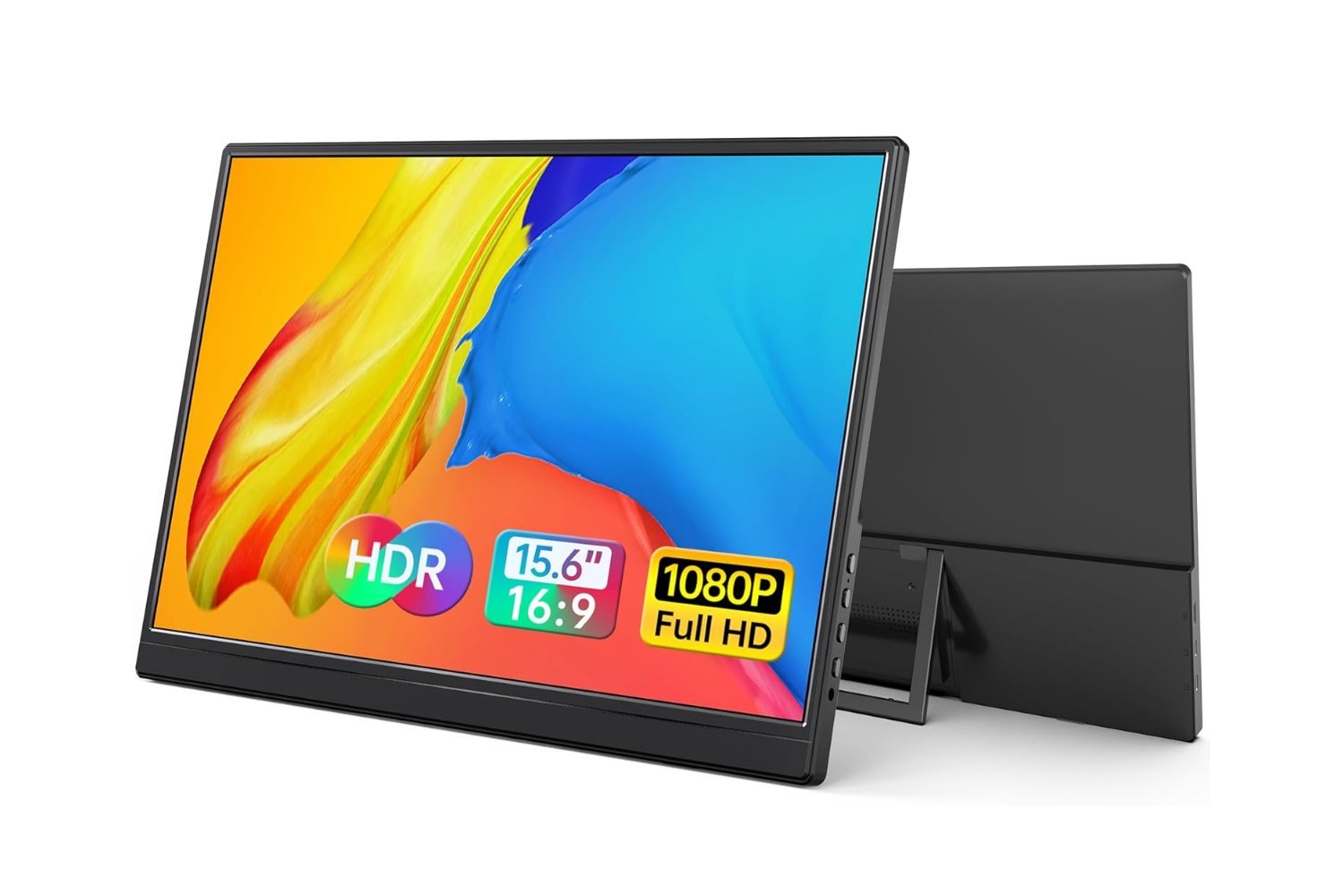Almost a year after Ingenuity broke a blade and ended its experimental stint on Mars, NASA unveiled a new design concept for the Martian helicopter’s successor and it’s comparatively a big boy.
NASA’s Mars Chopper, as it’s called, is about the same size as an SUV, fitted with six rotors, with each rotor hosting six blades (I already did the math for you, that’s a whopping 36 blades). The space agency recently revealed a rendering of the helicopter, which is still in its early conceptual and design stages, according to NASA. Chopper project manager Teddy Tzanetos also presented the concept during a briefing at the annual meeting of the American Geophysical Union in Washington on December 11.
Ingenuity was the first helicopter to fly on another planet, paving the way for more capable choppers to follow in its path. Its low cost design and durability is helping NASA design future concepts to explore other planets in an entirely new way.
NASA also shared a thrilling 30-second animation depicting the rotorcraft flying over the Martian terrain during a potential future mission. The Mars Chopper could transport science payloads weighing up to 11 pounds (5 kilograms) over distances of 1.9 miles (3 kilometers) per Martian day, or sol. “Scientists could use Chopper to study large swaths of terrain in detail, quickly – including areas where rovers cannot safely travel,” NASA explained.

Ingenuity walked so Chopper could run. The OG Martian helicopter arrived on the Red Planet in February 2021, tucked inside the belly of the Perseverance rover. Shortly afterwards, the 19-inch-tall (48-centimeter), 4-pound (1.8-kilogram) helicopter became the first powered aircraft to lift off from the surface of another planet. Although it was originally intended to perform just five test flights, Ingenuity kept on going, performing 72 flights, and flying 14 times farther than planned for a total flight time of two hours.
Things came crashing down for Ingenuity earlier this year after the helicopter broke its blades while landing for the 72nd time, officially ending its mission in January. NASA recently concluded that in-flight navigation errors caused “high horizontal velocities at touchdown.”
Ingenuity fulfilled its purpose of feeding information to NASA that would help it develop similar aircraft to explore Mars, and other planets, from above. During its test mission, Ingenuity also assisted the Perseverance rover in exploring the Red Planet, hovering above the Martian robot and guiding its way across Mars’ dusty terrain. Even after it crashed, Ingenuity still delivers weather and avionics data to Perseverance on a weekly basis.
The future Mars Chopper has some big shoes to fill, Ingenuity left behind a legendary legacy on the Red Planet.




